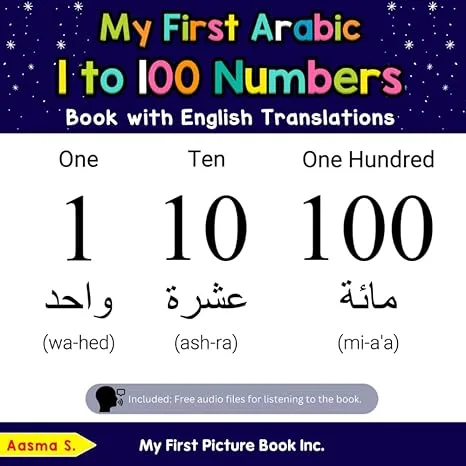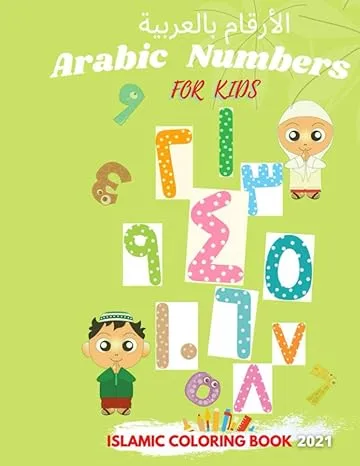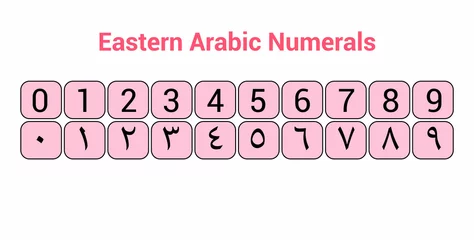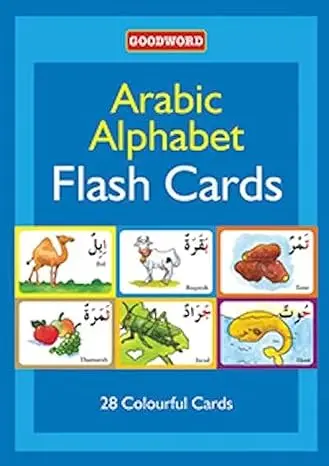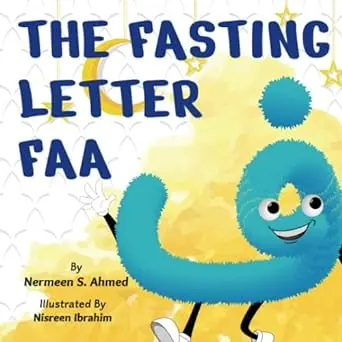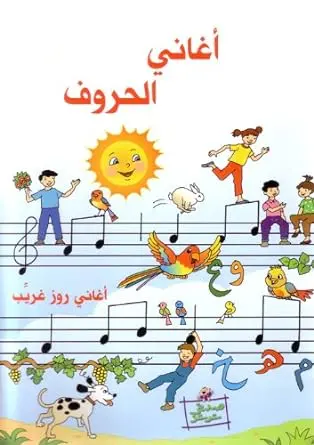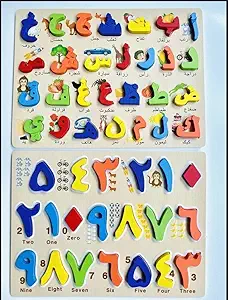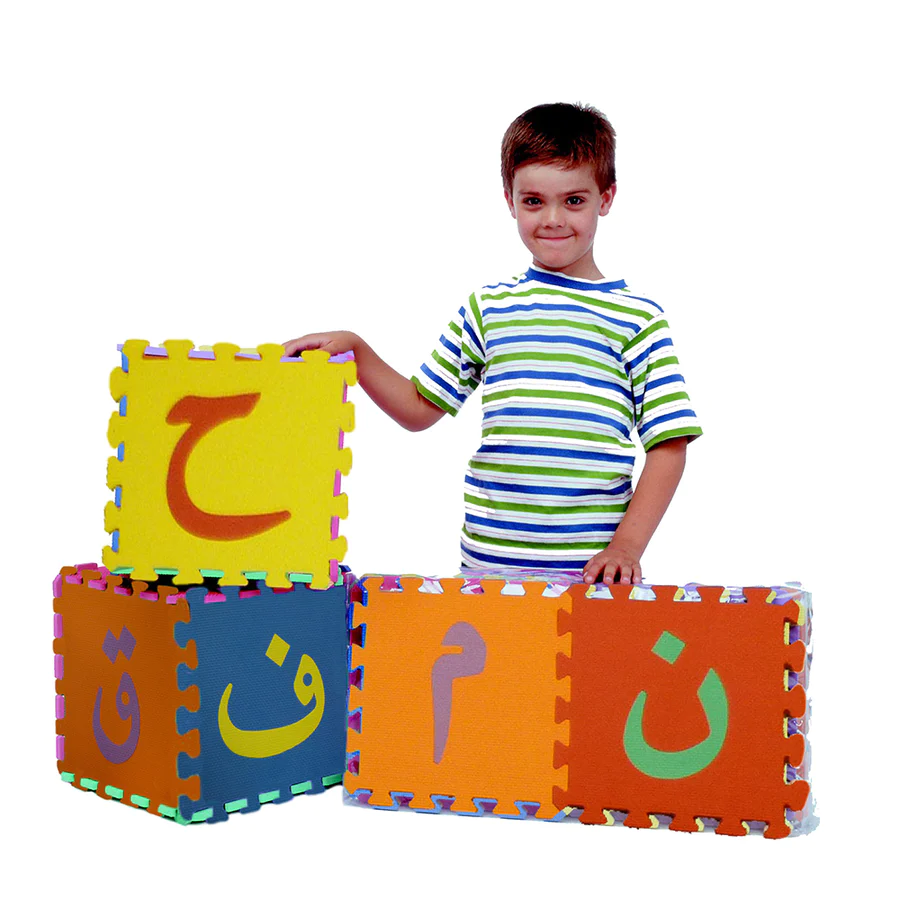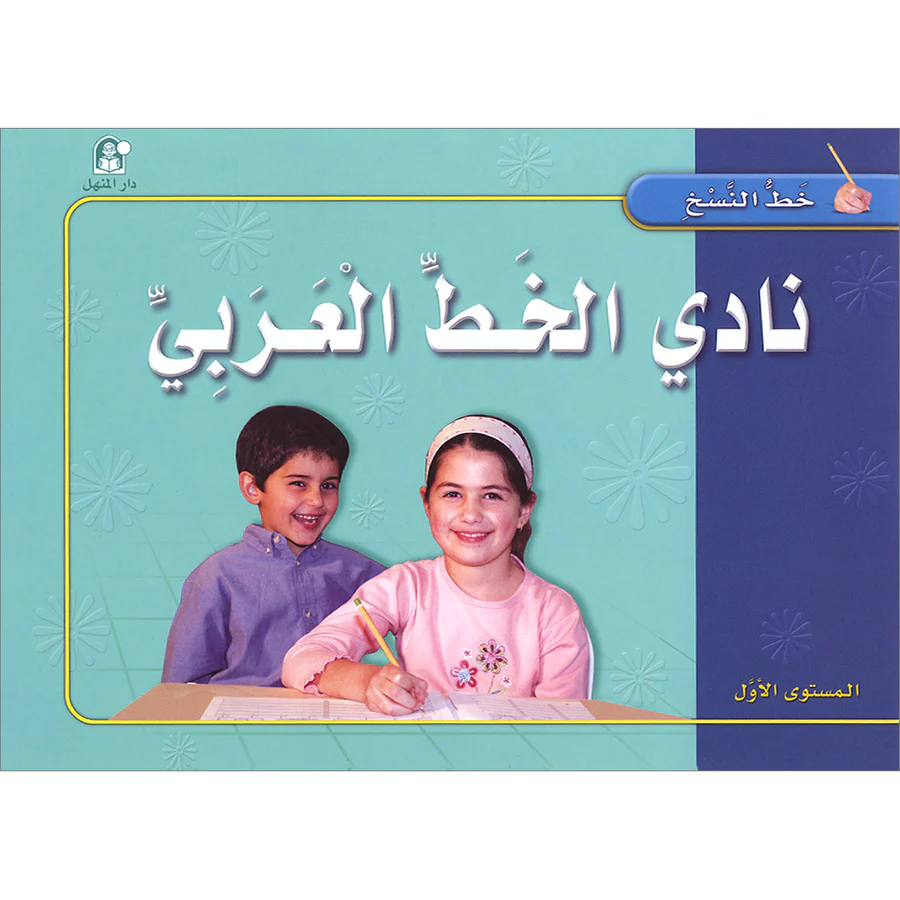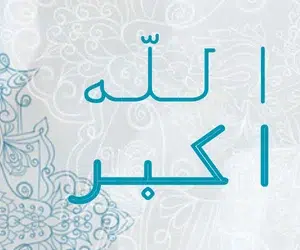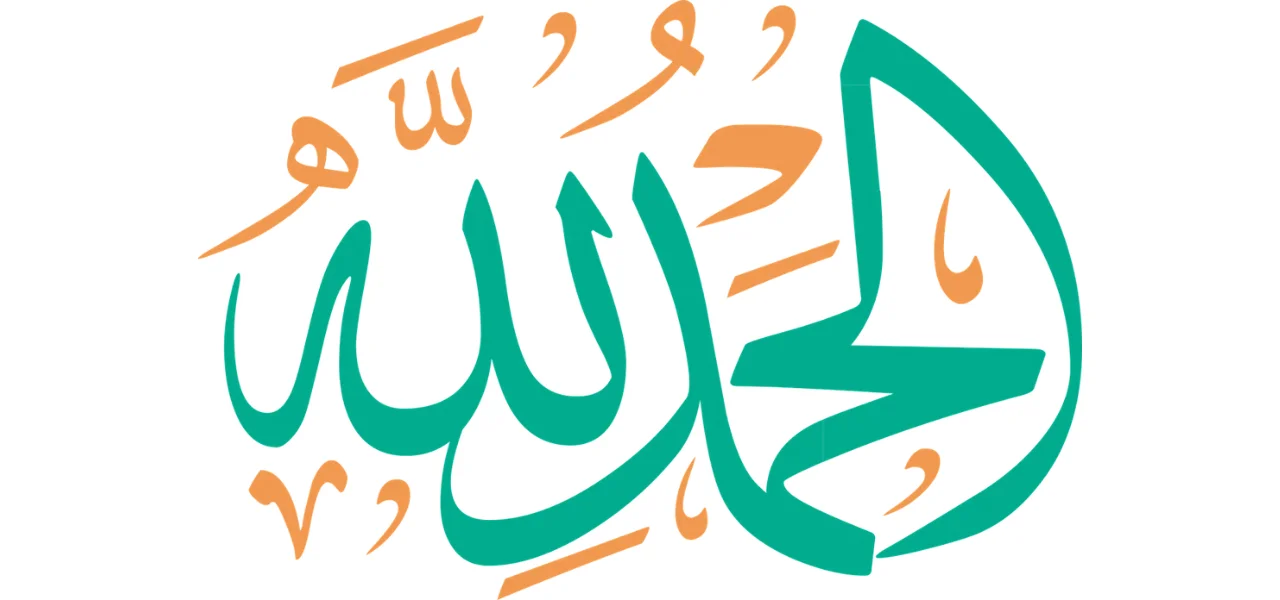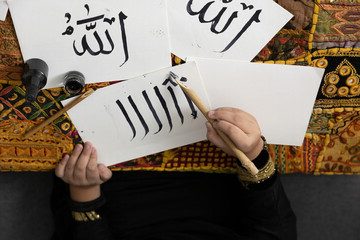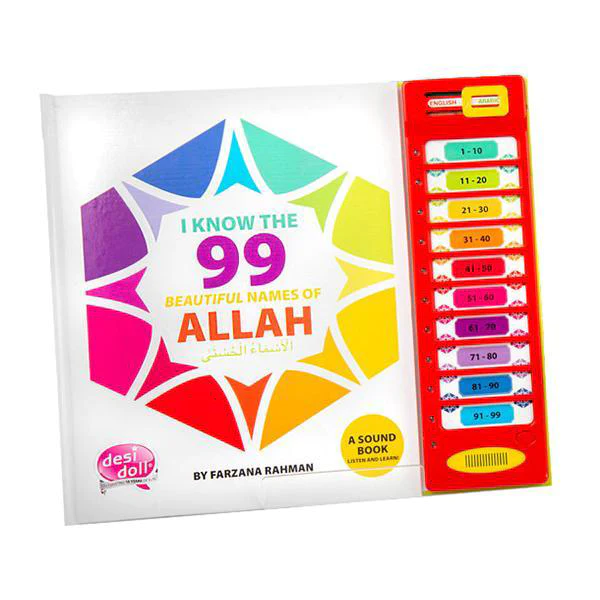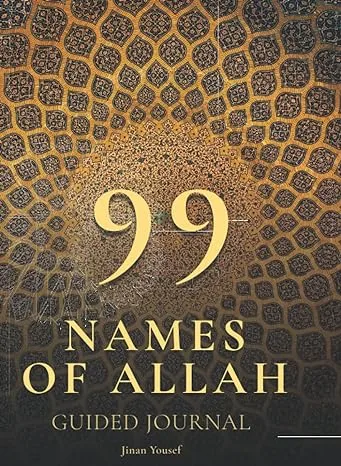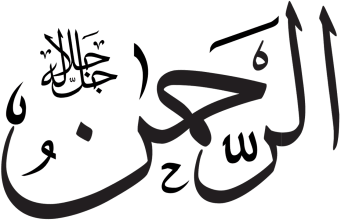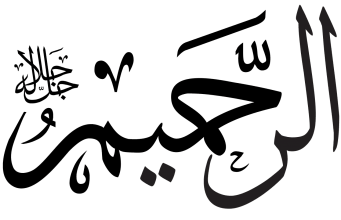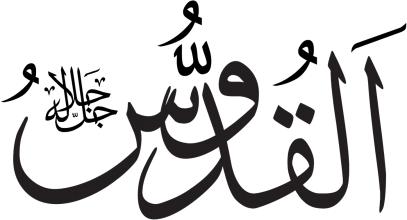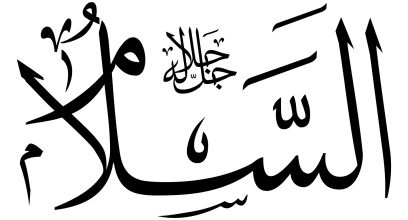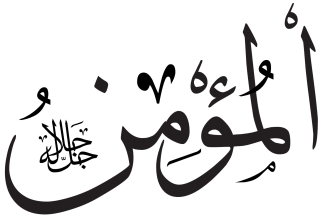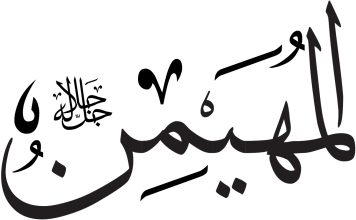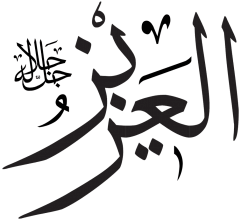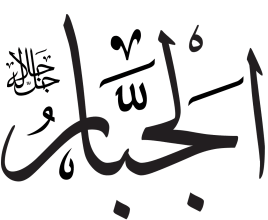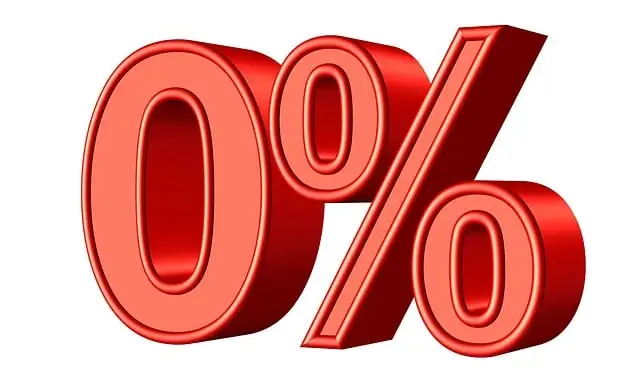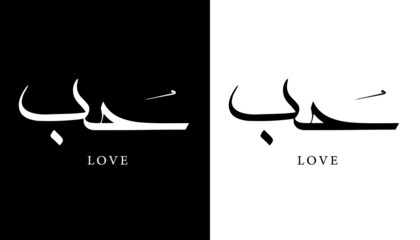In the illustrious history of the Arabic language, many interesting, amusing and fascinating facts are included that a learner must know.
A language will inevitably acquire some intriguing traits and statistics over time when it is used by many diverse people in many different settings.
Some of interesting facts of Arabic won’t come as much of a surprise if you’re currently learning Arabic. If you’re thinking about enrolling in Arabic classes online, you might find these aspects of the language to be a little fascinating and even enjoyable.
The Arabic language’s richness, size, and diversity can then be visualized, as can the cultures that use Arabic to convey their thoughts and approach to life. Do you intend to learn Arabic?
Now, let’s explore some of these Arabic language figures and learn more about its past.
Table of Content.
1. Arabic is a Widespread Language
The Arabian Peninsula has a large Arabic-speaking population. It is the official tongue of 26 nations. There are more than 360 million natal speakers.
One of the six official languages of the UN is this language. The day in 2010 when Arabic was formally incorporated with the other five was declared Arabic National Day by the UN.
Arabic comes in fifth place in terms of native speakers, behind Mandarin, Spanish, English, and Hindi, in that order.
2. Arabic is a Semitic Language
A Semitic language is Arabic. The Arabic language also spread across North Africa and Western Asia as the Muslim world grew after the Venetian invasions.
Only two Semitic languages—Arabic being one of them—survive to take on their present forms.
3. Arabic is a Sacred Language
Arabic is a sacred language because it is the language of the Holy Quran, which contains Allah’s Words.
Allah mentions it in the Quran. Furthermore, the final prophet, Muhammad [PBUH], said it. Furthermore, according to the last prophet, it is the language of Jannah.
Muslims study it to better understand their religion and because they believe that they will be rewarded with a swab by reading the Arabic of the Holy Quran.
4. Arabic words in English
In English Several Arabic words are use.
Some commonly used English words, including cotton, algebra, magazine, and safari, have Arabic roots.
This explains why so many individuals are familiar with this language.
5. Arabic has No Capitalization and No Abbreviation
In Arabic, each letter, whether it is at the beginning, middle, or end, is given equal weight.
Proper noun names are written using the same style without capitalization.
Arabic does not use any shortened or shortened forms. Instead, it emphasizes points with quotation marks.
6. Arabic has Sounds that don’t exist in other languages
Arabic is a distinct language since it features some particular sounds that are not present in other languages.
An Arabic-only sound for the letter “h” is similar to the sound of the letter “.” It sounds “breathy.”
7. Arabic words are written from Right to Left But Numbers are written from Left to Right.
Arabic learners need to understand that while words are written from the left, numbers are written from the right.
8. Arabic is a Geometric language
Arabic places a lot of importance on geometry.
The Arabic language does in fact make use of geometric shape
Arabic letters and geometrical figures have a significant relationship. Knowing that each Arabic letter is a triangle makes sense.
9. Arabic is an eloquent language
Arabic is a language of rhetoric and eloquence. It is consider to have the broadest lexicon.
10. Arabic has a Complex Root system
Arabic has an uncommon and complex system of word roots. It follows the fundamental, consonant-based trio of words.
Because of this, the beauty of the Arabic language expresses complex ideas and feelings that are impossible to express in any other language.
11. Arabic follows Abjad instead of Letters
Arabic uses the Abjad method rather than letters to write.
All letters in an abjad are consonants rather than vowels. The vowels are denoted by vowel marks Instead of using a complete letter.
12. Arabic has no “ to be ” word in present tense
You would just say I Ahmad rather than I am Ahmad.
The tailor is a guy, hence the sentence should read: المدرسٌ رجلُ
Now, it has to be a good thing whenever we can avoid having to learn a verb, right?
Arabic is written in a cursive style without capital or lowercase letters.
Instead, each Arabic letter has a unique shape and placement within each word, giving the language’s words a connected aesthetic.
The history of Arabic literature is very long.
Arabic literature has a long history dating back sixteen centuries.
Arabs used to hold international poetry competitions in the past.
15. Arabic influenced many other languages
Arabic has had a significant impact on several modern languages, as is widely recognized.
Several languages were impacted by it, including the majority of European languages as well as Asian and African languages.
16. Arabic and Hebrew have common features
Hebrew and Arabic are the only Semitic languages to have persisted into the contemporary day; perhaps this explains why both share certain unique characteristics.
17. Arabic uses 14 words for Love
In Arabic, Everything is actually very thoroughly explained.
For instance, 14 different terms can describe 14 distinct stages and circumstances in love.
For instance, “hawa هوي” refers to an commencing attraction, “huyum هيوم” to the successive loss of reason, and “ishq عشق” to a blind yearning.
The most frequent word for love, however, is “hubb حب” which shares an origin with the word “seed” and denotes something that has the potential to develop into something lovely.
Alaqah علقه is Arabic for “loving attachment.”
Shaguf شغف is Arabic for “love affliction.”
18. Arabic use 100 words for Camel
The situation and state of a camel are described in each of the 100 Arabic words for camel.
Al-Jafool الجوف is a term for a scared or uneasy camel.
“Al-harib الحارب.” is a female camel.
jamal جمال is a Beautiful camel.جمال.
Arabic names for camels include qaood جود, fasel فاصل, and ibil إِبل.
18 INTERESTING FACTS YOU MUST KNOW ABOUT ARABIC FAQs
1.What is special about Arabic?
Ans: Out of interesting facts about Arabic one is actually employs an abjad, which is a system of symbols and glyphs that serve as constants, rather than an alphabet. (Although Arabic utilizes diacritic markings to represent vowel sounds, vowels are frequently left blank for the reader to fill in.
2.How many unique words does Arabic have?
Ans.More than 12 million unique words exist in Arabic. To put this into perspective, there are just over 170,000 terms in the Oxford English Dictionary.
3.What are some facts about Arabic for kids?
Ans.In the Middle East, Arabic is the language that is most extensively used. 22 nations have adopted Arabic as their official language. Among the words that have been influenced by Arabic are admiral, arsenal, candy, giraffe, lime, sofa, and spinach. According to some, M is the most typical sound in Arabic.
4.Why is Arabic so famous?
Ans.The official language of Islamic nations is Arabic, a tens of thousands of years old Semitic language that is known as the only language of the Quran.


